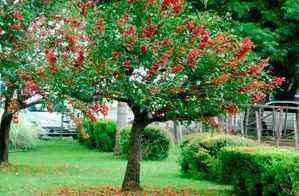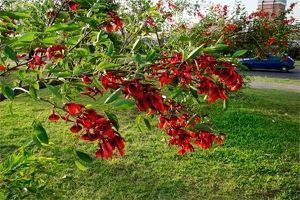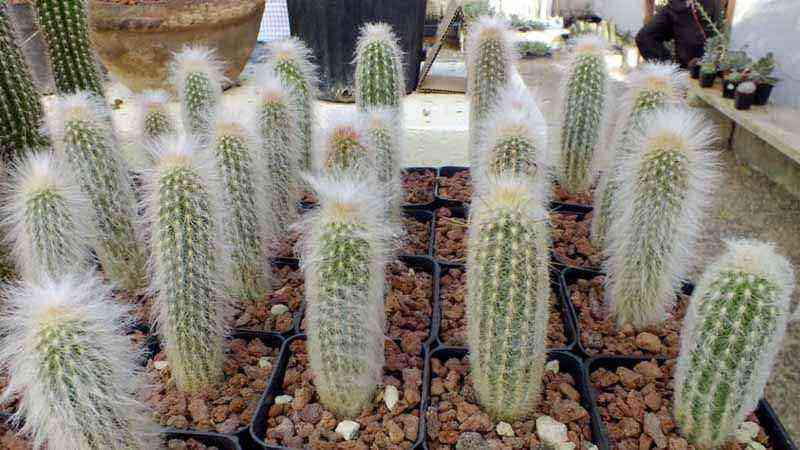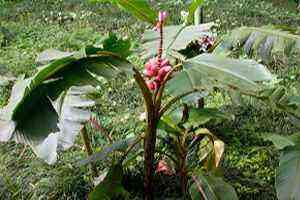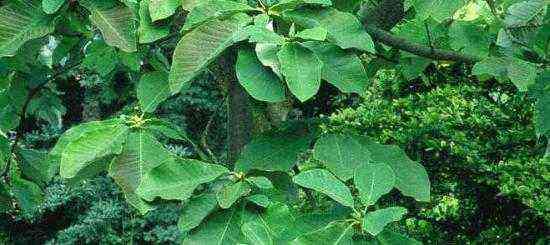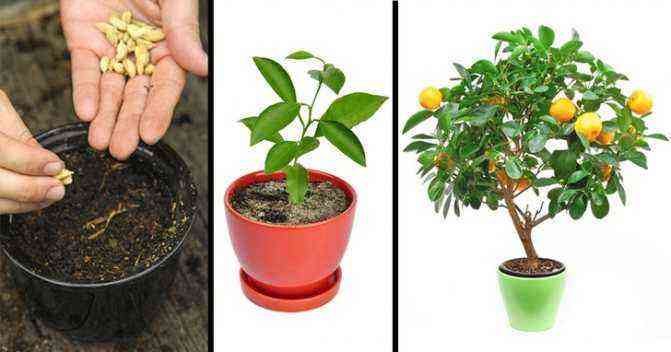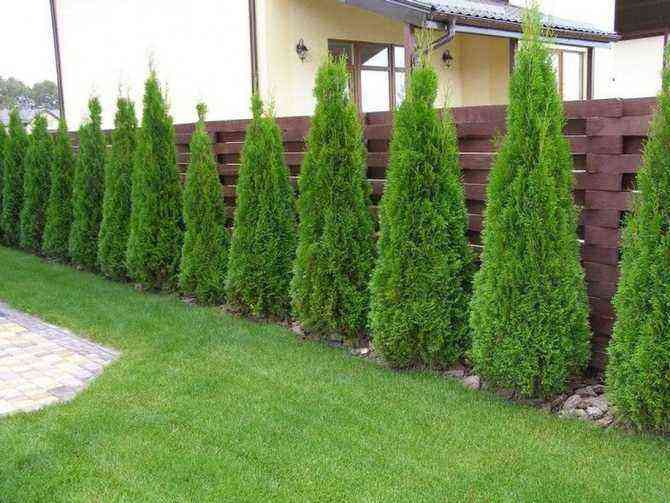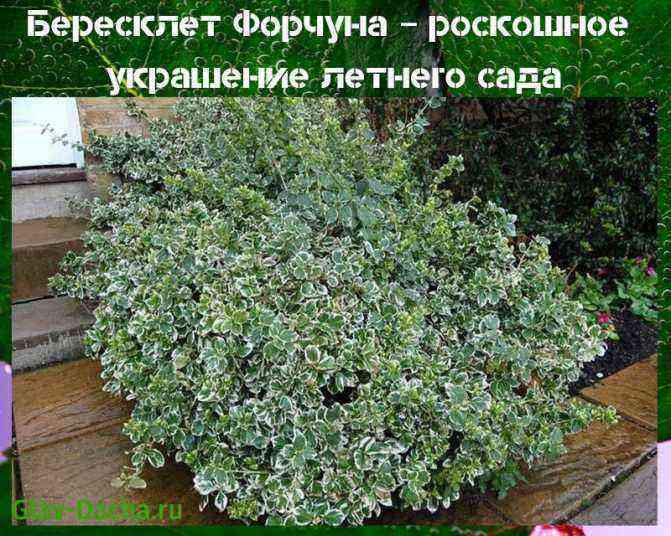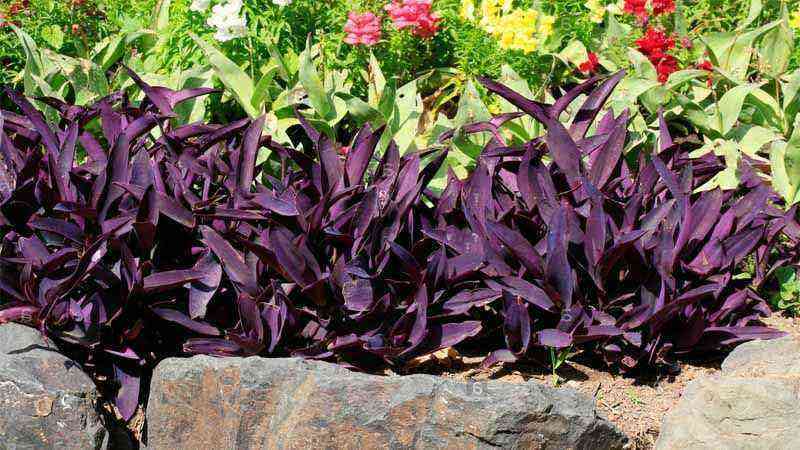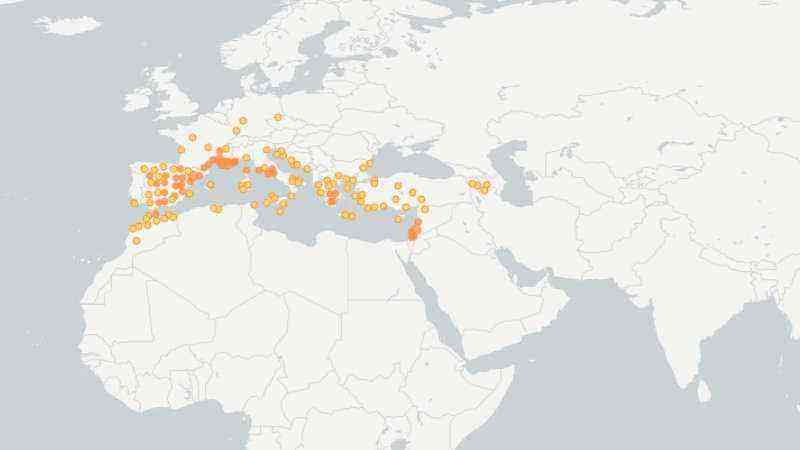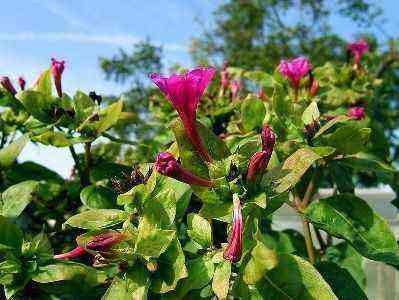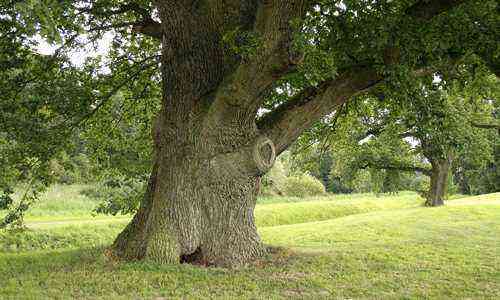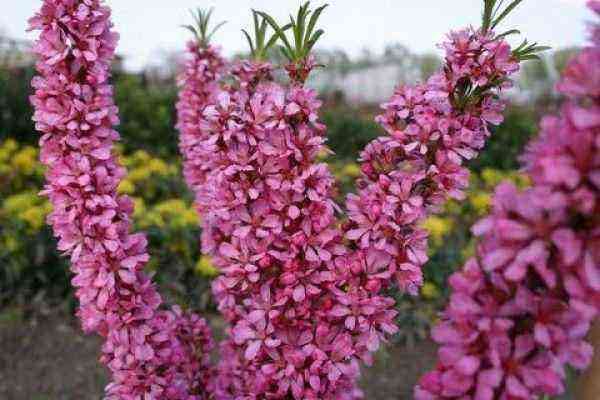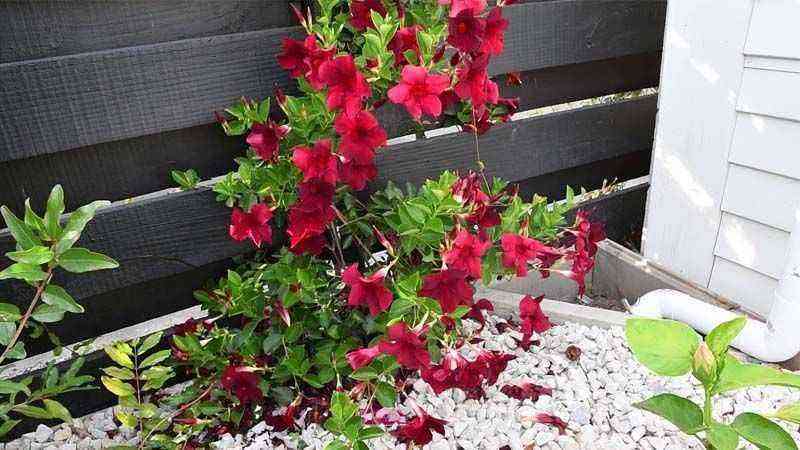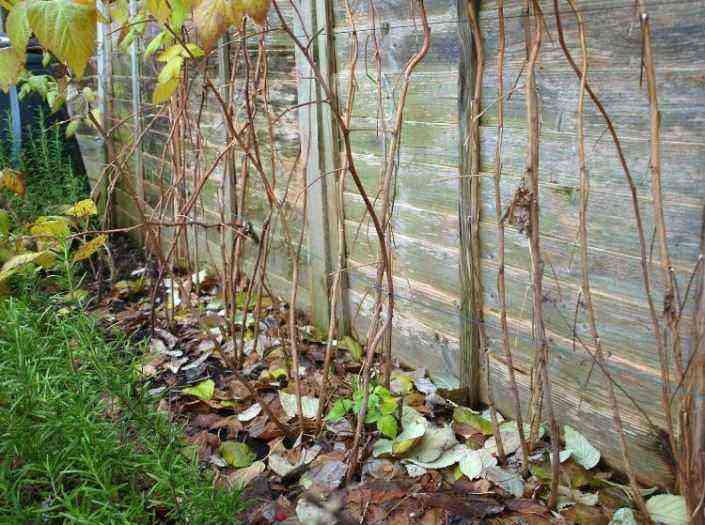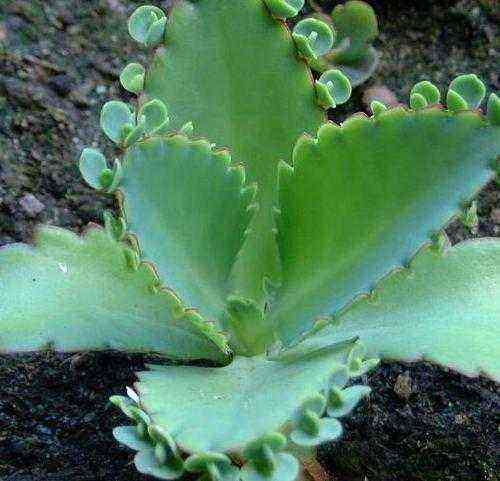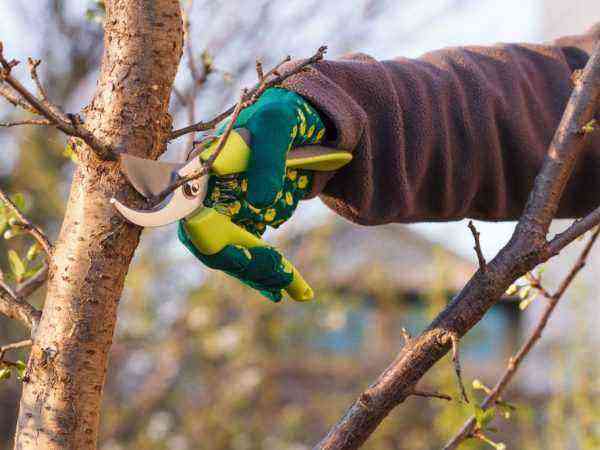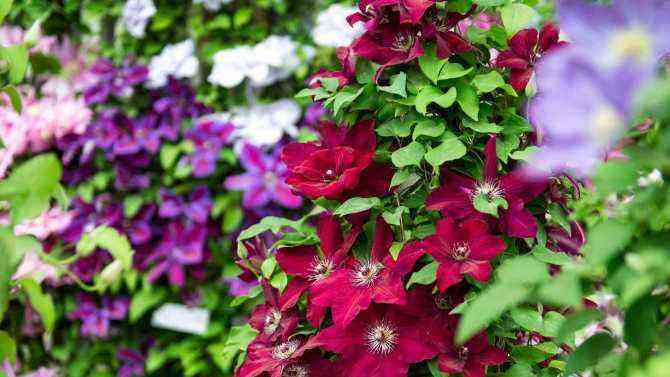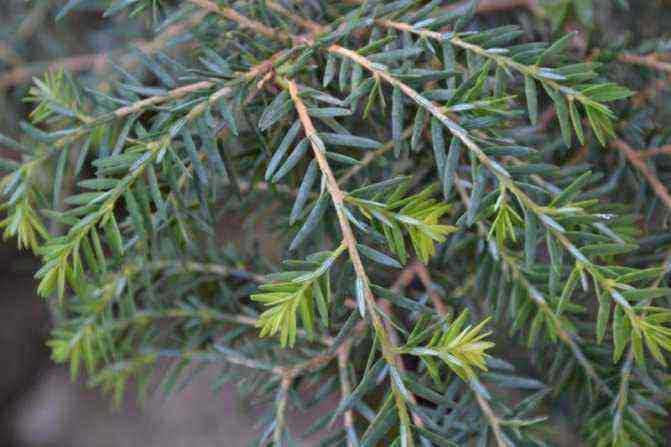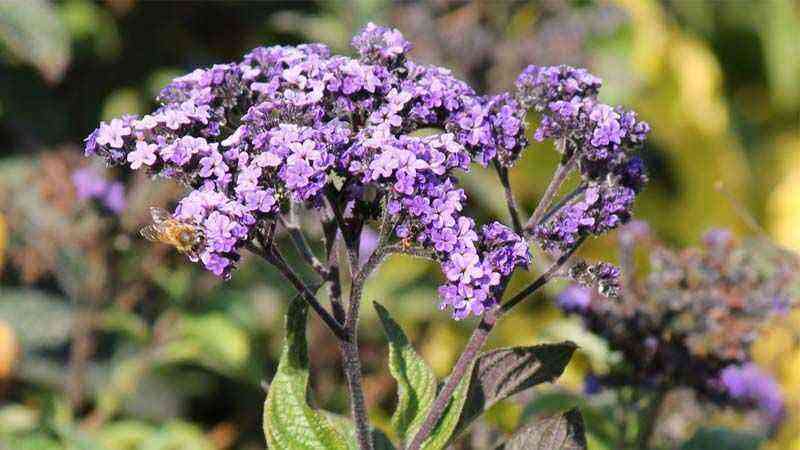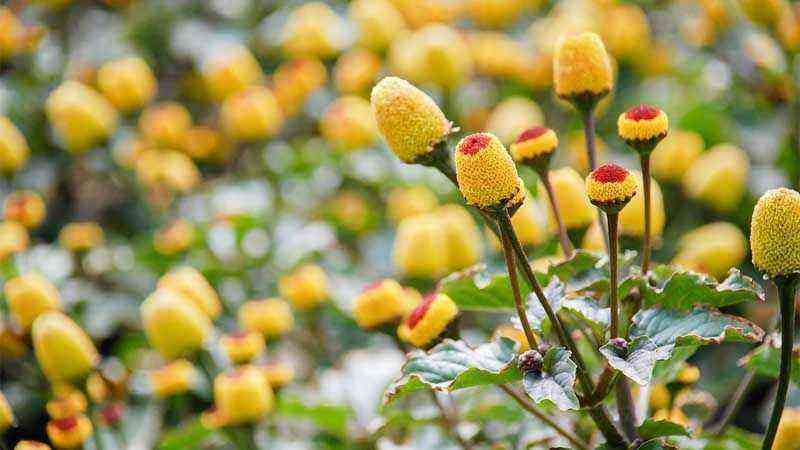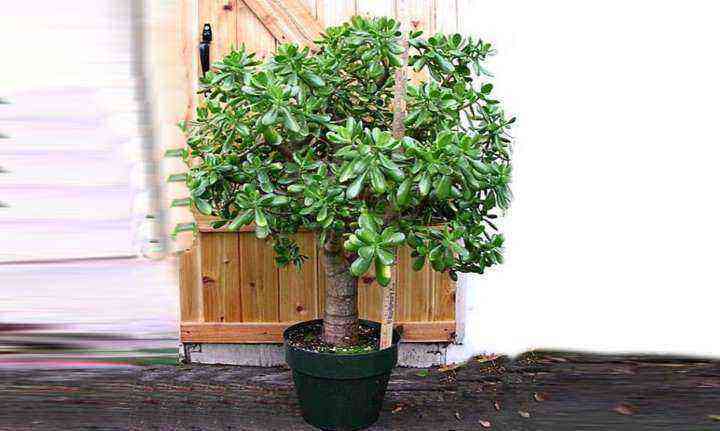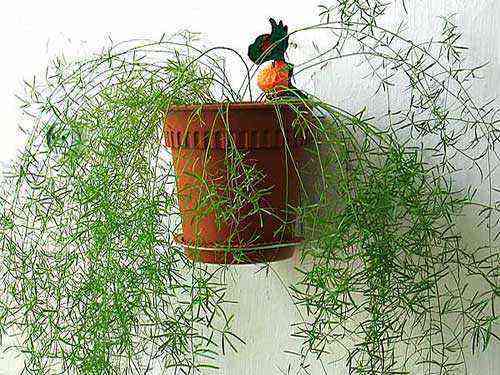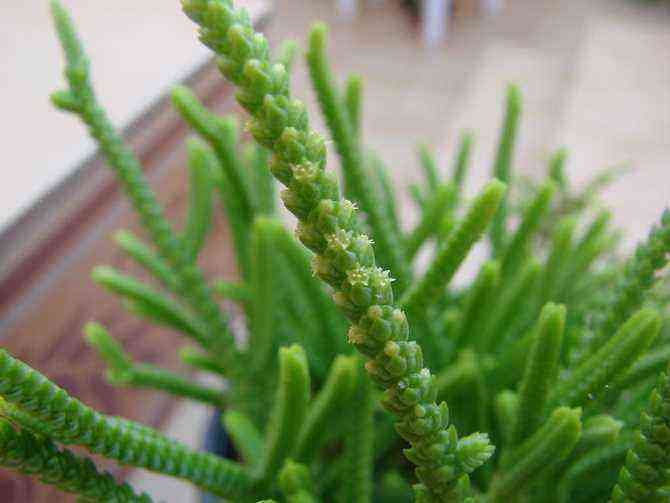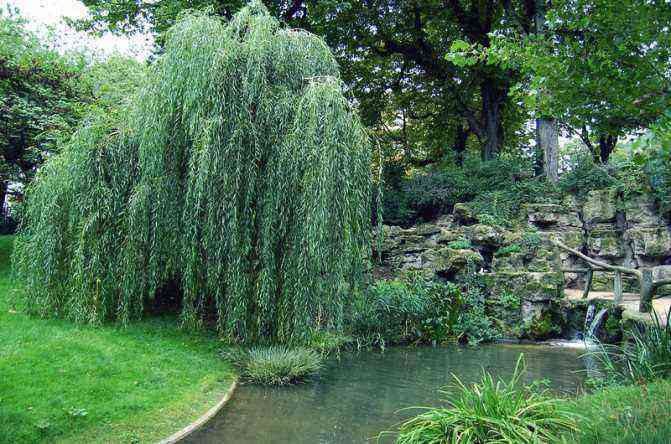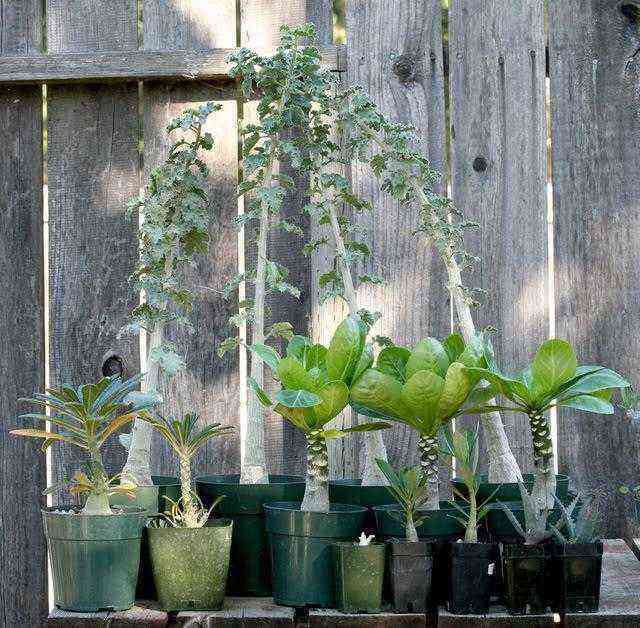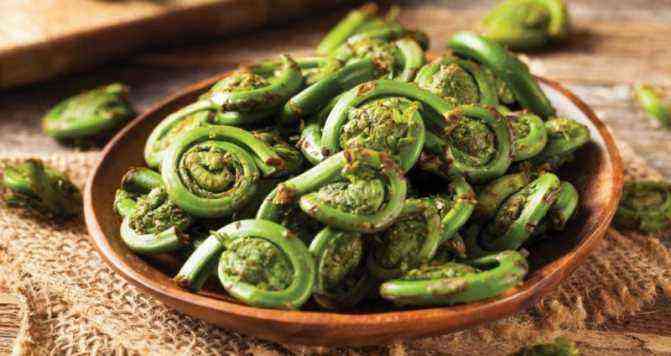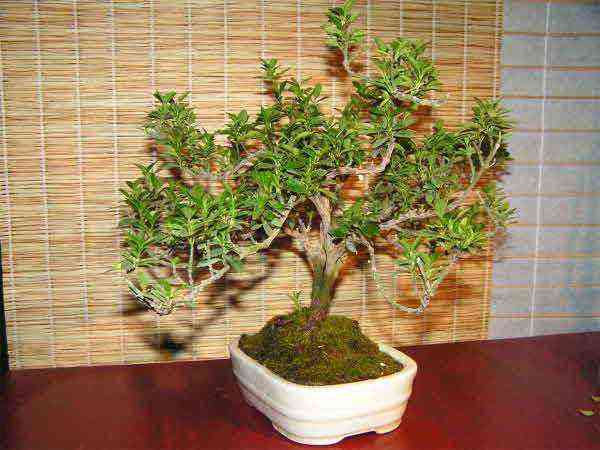Today we are going to talk about Ceibo cultivation, a large tree, very visual and ornamental, perfect to plant in a hole that we have reserved in our garden. We tell you the necessary requirements to “sponsor” him successfully and get him a tall tree. Take a look at what you need and go for it.
The ceibo, a new tree for our garden or orchard
El ceibo (Erythrina crista-galli), also know as coral tree, coral flower, or pico de gallo, due to the shape of its fruits, belongs to the family of legumes. It is a medium-sized tree, as it will normally reach 4 or 5 meters in height. However, some specimens have reached 10-15 meters in height. It has South American origin. The first ceibo species were found in the areas of Uruguay, Brazil, Paraguay and Argentina. Due to the curious shape of its flowers and its reddish color, they add a perfect landscape architecture to your garden, ideal for arranging it in an isolated area or also for parks and gardens, such as urban landscaping. It usually blooms from spring to early fall, if the weather conditions are good.
Once we have known some non-agronomic data on the ceibo, we will move on to the recommendations to plant it, in case you are already encouraged to cultivate it 😉
The climate necessary for the development of the ceibo
The ideal climate for the development of the coral tree is typical of the areas where this legume originated. They tend to adapt to humid, temperate and hot climates. That is why it is susceptible to cold climates and it is affected by frost, especially just planted or when it is still very young. In this specific case, depending on the winter climate of the area where you grow it, you should protect it from the cold. Whether you plant it in the Sun or semi shade will not matter, think that when it reaches the height of the adult specimen few things will be able to generate shade, so do not take this variable into account when planting it.
Since the ceibo respects transplants and is quite tolerant to these transfers, it can be grown the first years in pots with good substrate, and when it is of good height (and is less susceptible to cold) transplanting it to permanent soil. Consider growing it in areas far from your home, since its roots extend quite a bit in search of moisture.
The soil, what factors should I control?
The ceibo do very well soils with high moisture retention capacity, deep and with good drainage. Regarding nutritional requirements, that is, the ability to soil organic matter, you need moderate nutritional requirements. Make sure you always have a good dose of organic matter, compost or manure, depending on what you normally use to compost your plants in the garden. As for the pH, it tends to be neutral, correct some possible acid and alkaline deviations of your soil if you want to grow the ceibo.
How to irrigate the ceibo
As we have discussed before, the coral tree requires a constant source of moisture. A regular watering will suffice, but never excessive (remember not to flood the soil, as it will be detrimental to the respiration of its roots). Control the irrigation dose so that in winter you have to apply less water and on more separate days and in summer you have to increase both the frequency of watering and the amount. It is a matter of periodically evaluating the state of the earth. In winter, for example, the risks to be applied, due to being in a vegetative stop, will be very low.
Pruning
When winter arrives and the leaves fall, you can proceed to perform a pruning cleaning. It consists of eliminating branches that cross, damaged branches or giving the tree the proper shape.
When it comes to wanting to multiply it …
It is usually done by seeds o cuttings semi-woody consistency. If you have seeds, you put them to soak for between 1 and 2 days and you grow them in humid substrate, without sun and indoors, with an average temperature between 20 and 24 ºC. Sowing is usually done in spring.
If you want another way to multiply the ceibo, you can also do it by means of semi-woody cuttings (stakes), collected from pruning. For this you will need rooting hormones, a good substrate and heat to generate the roots.
Some pests likely to settle in your ceibo
The coral tree is sensitive to the appearance of some pests, such as aphids, mealybugs (they stick to the trunk and branches) and spider mites. As for diseases, some of the fungal type may also appear.
Do you dare to plant it in your garden?
